Continuing Education Options for Health Equity Professionals
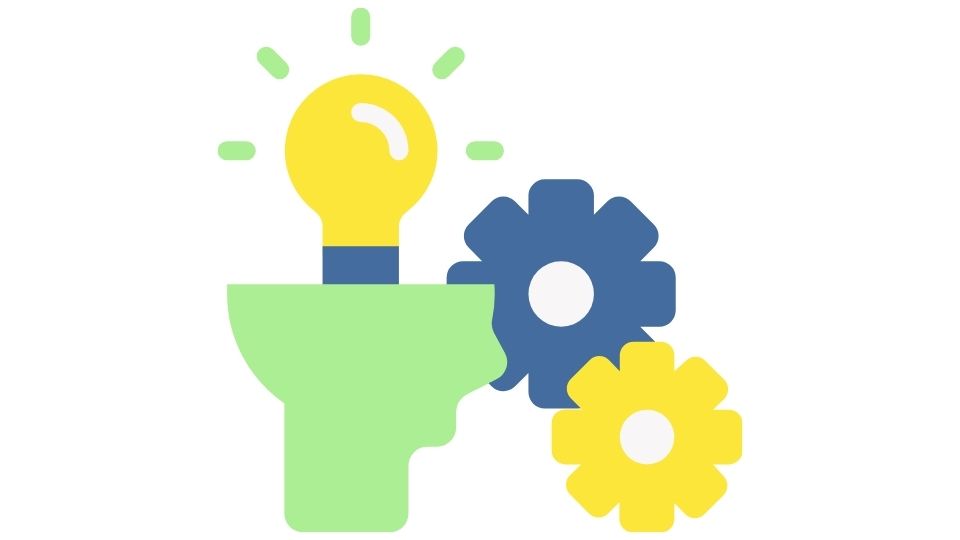
Ever noticed how most healthcare feels like a one-size-fits-all approach? But humans aren’t one-size-fits-all creatures.
Health equity continuing education has become essential training for today’s healthcare professionals who want to provide care that actually works for everyone. It’s not just about good intentions anymore—many states are now requiring health professionals to complete specific training on recognizing systemic barriers and biases that affect patient care.
By focusing on health equity education, doctors, nurses, and other healthcare workers can better serve diverse populations, reduce disparities, and ultimately help everyone achieve their best possible health. Because let’s be real: healthcare should work for everyone, not just those with privilege.
What is Health Equity and Why Should We Care?
Health equity exists when all people have a fair opportunity to reach their full health potential. This doesn’t mean giving everyone the exact same care (that’s equality). Instead, health equity means recognizing that different people face different barriers and need different resources to achieve good health.
Think of it this way: if healthcare is a ladder to good health, some people start on the ground floor while others start several rungs up. Health equity is about giving everyone the boost they need to reach the top.
The COVID-19 pandemic was basically a masterclass in how health inequity works. Remember when certain communities were getting hit way harder than others? That wasn’t random—it exposed how structural discrimination and bias create dramatically different health outcomes for different groups of people.
As Dr. Aletha Maybank from the American Medical Association puts it, “Health equity means increasing opportunities for everyone to live the healthiest life possible, no matter who we are, where we live, or how much money we make.”
The Legal Push for Health Equity Education
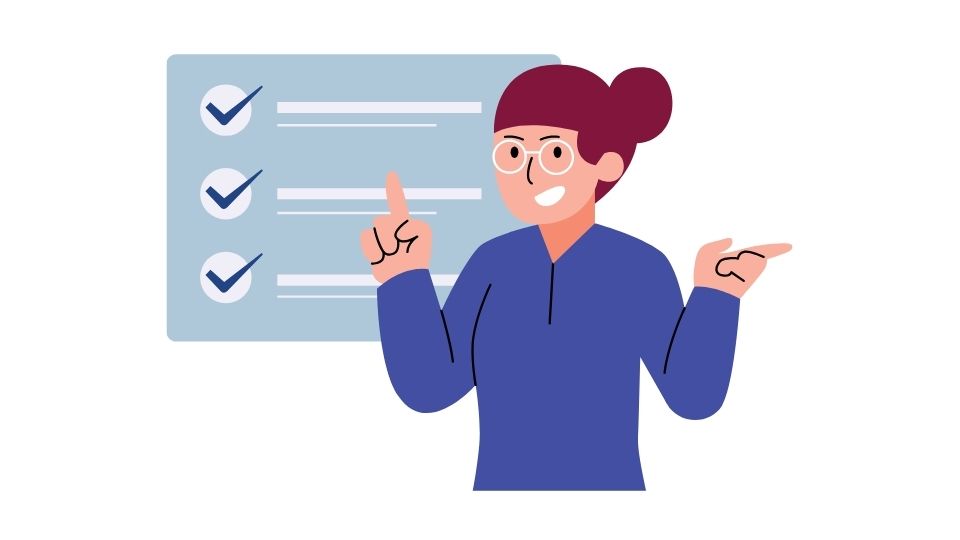
State laws are increasingly making health equity education a requirement, not just a nice-to-have. For example, Washington State passed legislation requiring healthcare professionals to complete at least 2 hours of health equity continuing education every four years.
This isn’t just checking a box—these laws specify that the training must cover:
- Recognizing implicit bias
- Understanding structural racism
- Addressing social determinants of health
- Developing strategies to promote equity
Medical boards, nursing associations, and other licensing bodies are creating standards and offering courses that meet (and often exceed) these requirements. For many healthcare workers, this is becoming as standard as CPR certification or infection control training.
What’s Actually Covered in Health Equity Education?
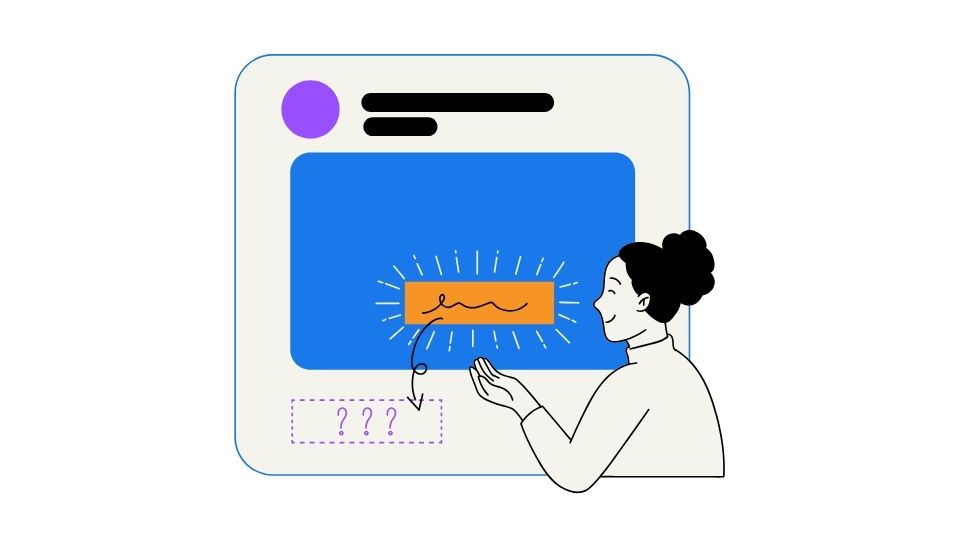
Good health equity continuing education programs teach healthcare professionals to:
Recognize Their Own Biases
We all have implicit biases—unconscious attitudes that affect our decisions and behaviors. For healthcare providers, these biases can literally be life or death issues.
In one comprehensive study, researchers found that many doctors have unconscious biases that affect how they diagnose and treat patients from different backgrounds. Health equity education helps providers identify and check these biases before they affect patient care.
Understand Social Determinants of Health
Your ZIP code can be more important than your genetic code when it comes to health outcomes. Things like:
- Housing conditions
- Access to healthy food
- Education level
- Income and wealth
- Neighborhood safety
All these factors dramatically impact health, and providers need to understand how to address them. It’s not just about prescribing medication—it’s about recognizing when a patient can’t afford that medication or doesn’t have transportation to pick it up.
Recognize Structural Racism in Healthcare
From medical algorithms that unintentionally discriminate against Black patients to research that excludes certain populations, healthcare systems have built-in biases that need to be identified and dismantled.
According to the CDC, racism is a serious public health threat that directly affects the well-being of millions of Americans. Health equity education helps providers recognize and address these systemic issues.
Deliver Culturally Responsive Care
Providing effective healthcare means meeting patients where they are—understanding their cultural background, respecting their health beliefs, and communicating in ways that make sense to them.
The American Academy of Family Physicians offers resources on providing culturally responsive care that respects diverse backgrounds and experiences. Because healthcare that ignores who you are as a person isn’t really healthcare at all.
Where to Get Health Equity Education
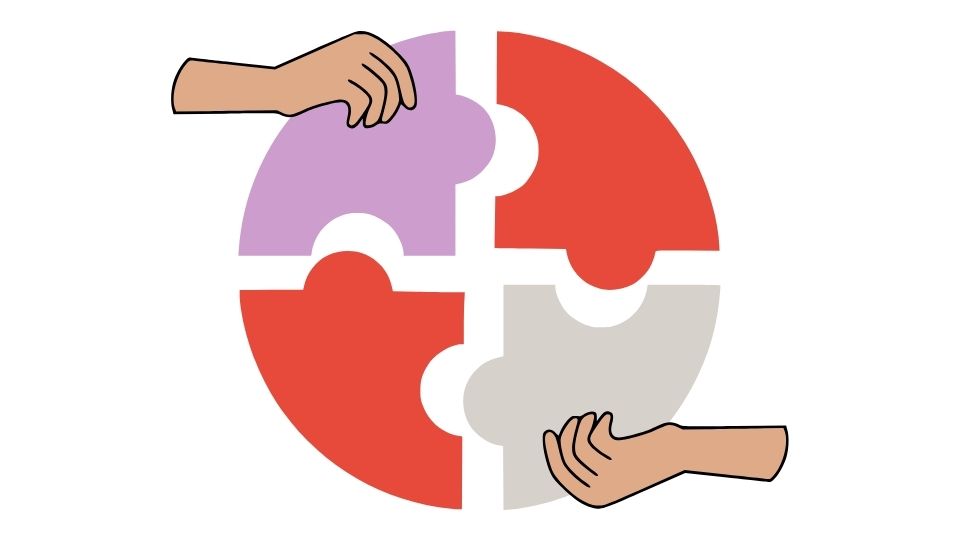
There are tons of options out there for healthcare professionals looking to expand their equity knowledge:
- Online self-paced courses: Perfect for busy professionals who need flexibility.
- Live webinars and workshops: Offer opportunities for discussion and practice.
- In-person training: Provides hands-on experience and deeper engagement.
Organizations like the American Medical Association offer comprehensive continuing education through their Ed Hub, covering everything from implicit bias to LGBTQ+ health needs.
The American Heart Association has created free online courses focused specifically on cardiovascular and neurological health equity—because heart disease and stroke don’t affect all communities equally.
Even specialized fields like nutrition now require practitioners to complete ethics or health equity continuing education as part of certification maintenance. It’s becoming standard practice across healthcare.
The Real Benefits of Health Equity Education
When healthcare providers complete quality health equity education, everybody wins:
Patients get better care: When providers understand and address barriers to care, diagnoses are more accurate, treatment plans are more effective, and follow-up improves.
Provider-patient relationships improve: Awareness of biases and cultural differences leads to more respectful, empathetic interactions that build trust. And trust is the foundation of good healthcare.
Healthcare organizations meet their mission: Most healthcare organizations have statements about serving their communities. Health equity education helps them actually live up to those promises.
Communities get healthier: When healthcare systems address equity issues, entire communities benefit from improved health outcomes and reduced disparities.
As one study in the New England Journal of Medicine found, organizations that invest in health equity education see measurable improvements in patient outcomes and satisfaction. That’s not just good ethics—it’s good business.
Challenges and Where We Go From Here
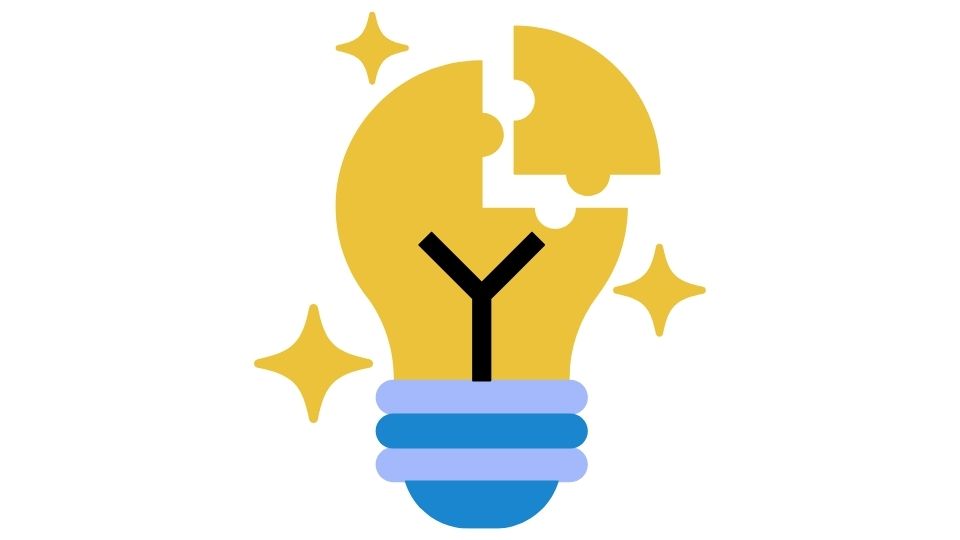
While we’re making progress, there are still some hurdles to overcome:
Access to Quality Training
Not all health equity education is created equal. The best programs are:
- Evidence-based
- Interactive
- Developed with input from marginalized communities
- Regularly updated with new research
Unfortunately, some programs are just superficial box-checking exercises. We need to ensure all healthcare professionals have access to high-quality, affordable training that actually changes practice.
Moving Beyond Minimum Requirements
Taking a 2-hour course every few years isn’t going to solve health inequities. Real change requires integrating equity principles into every aspect of healthcare education and practice.
That means health equity concepts should be part of:
- Medical and nursing school curricula
- Residency and fellowship training
- Leadership development programs
- Quality improvement initiatives
- Healthcare system policies and procedures
According to a report from the National Academy of Medicine, embedding equity throughout healthcare education and systems is essential for meaningful change.
The Bottom Line
Health equity continuing education isn’t just another requirement to check off—it’s a powerful tool for creating a healthcare system that truly works for everyone. By helping providers recognize biases, understand structural barriers, and develop skills to address them, this education helps build a more just and effective healthcare system.
While mandates and requirements are driving much of the current momentum, the real power of health equity education lies in its potential to transform how we think about and deliver healthcare. Because at the end of the day, healthcare that doesn’t work for everyone simply doesn’t work. Period.
So whether you’re a healthcare provider looking to improve your practice or a patient wondering if your provider understands your unique needs, health equity education matters. It’s not just about being fair—it’s about being effective.
